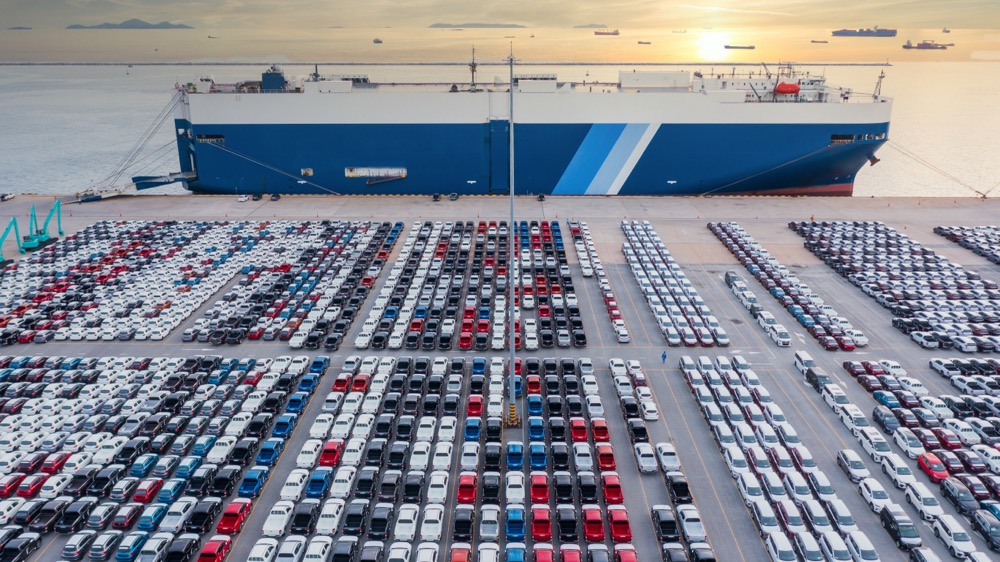The world’s copper supply is suddenly looking scarce

A forecast surplus of copper going into 2024 has suddenly all but disappeared.
The next couple of years were supposed to be a time of plenty for copper, thanks to a series of big new projects starting up around the world. The expectation across most of the industry was for a comfortable surplus before the market tightens again later this decade, when surging demand for electric vehicles and renewable energy infrastructure is expected to collide with a lack of new mines.
Instead the mining industry has highlighted how vulnerable supply can be — whether due to political and social opposition, the difficulty of developing new operations, or simply the day-to-day challenge of pulling rocks up from deep beneath the earth.
In the past two weeks, one of the world’s biggest copper mines was ordered to close in the face of fierce public protests, while a slew of operational setbacks has forced one of the leading miners to slash its production forecasts.
The sudden removal of around 600,000 tons of expected supply would move the market from a large expected surplus into balance, or even a deficit, analysts say. And it’s also a major warning for the future: copper is an essential metal needed to decarbonize the global economy, which means mining companies will play a key role in facilitating the shift to green energy.
While the price reaction to the supply disruptions has so far been muted — amidst ongoing worries about China’s property sector — any sign of demand recovery would hit a tight market.
Last week, Panama’s government formally ordered First Quantum Minerals Ltd. to end all operations at its $10 billion copper mine in the country. The order followed weeks of protests and political wrangling that came to a head when the country’s Supreme Court invalidated the law that underpinned its mining license. The giant Cobre Panama can produce about 400,000 tons of copper a year.
As the market was digesting the news that one of the biggest mines was closing (at least for now), Anglo American Plc delivered its own production bombshell on Friday with the announcement that it will slash production from its flagship copper business in South America.
While problems at its platinum and iron ore mines in South Africa were well publicized, the copper cuts caught investors off guard, sending the company’s shares plunging by 19%. Anglo has reduced its copper production target for next year by about 200,000 tons, essentially removing the equivalent of a large copper mine from global supply. Production will fall even further in 2025.
BMO Capital Markets, which was forecasting a large surplus of refined copper next year, now sees a small deficit instead. Goldman Sachs Group Inc. — which has been much more bullish on copper and already forecast a deficit of refined metal for 2024, now sees that shortfall ballooning to more than half a million tons. Jefferies also now expects a major deficit next year.
“The supply cuts reinforce our view that the copper market is entering a period of much clearer tightening,” Goldman analysts including Nicholas Snowdon said.
The expectation for a looser market in the near term has weighed on prices for much of this year, leaving copper drifting sideways. In early October, the International Copper Study Group said it expects a surplus of 467,000 tons next year — its largest forecast for a glut since 2014.
Live copper inventories on the London Metal Exchange had surged since mid-year to a two-year high, but have now retreated for three straight weeks.
“Disruptions have significantly increased, and a market deficit is now increasingly likely,” said Jefferies. “We could be at the foothills of the next copper cycle.”
(By Thomas Biesheuvel)
More News
CHART: Top 20 automakers by battery metal spending
BYD’s battery metals bill was $1 billion below Tesla despite selling 2 million more EVs while GM’s per EV costs are the highest in the industry.
March 24, 2025 | 05:00 pm
CATL’s lithium partner sees swings in near-term prices
Prices of the material could swing between 65,000 and 85,000 yuan a ton, says Jiangsu Lopal Tech.
March 24, 2025 | 02:03 pm
{{ commodity.name }}
{{ post.title }}
{{ post.excerpt }}
{{ post.date }}



Comments
J
Great article.
We have a new copper mining operation in Brazil
Mineraldeposits.com.br
We can see the challenges ahead